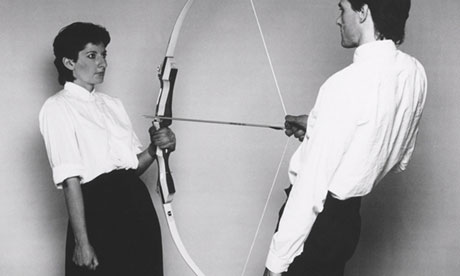There have been many interpretations on the cave art found
in the Lascaux Caves
This heavy emphasis on animals, and the total absence of the
human species, shows that the painter’s culture was heavily influenced by animals,
and specifically the cow and horses. Just as some churches glorify Jesus Christ
on the stained glass windows, the painters here glorified the animals.
These paintings give us insight to our aspects of these
painters’ lives. For example, they indirectly let us know about the craftsmanship
of these skillful artists, that back then were just exiting the cycle of
evolution from our early primate ancestors to our early human species. To draw
these paintings in the first place they would have had to develop the tools to
do them, and such tools have been found and show the advancement and the
intrinsic quality of those tools, like the lamp.
The innovation of the lamp was accomplished due to the fact
that these early drawers had some difficulties to face. Here, the lamp was made
to aid them in the underground, dark caves and illuminated their canvases.
No matter what time era you analyze or what type of art you
think is the best, they all serve one common purpose and that is to document
what is happening during the time of conception of the art work. Either it be early
renaissance art or early cave sketches of horses, artists have indirectly and unconsciously
helped document time. Another purpose all art serves is to help convey and
express what was of concern during their time.

This type of art, known as performance art performed by people
like Marina Abramovic, this helps to functions once again as another time point
in the history of humans and marks the era of modernism and contemporary art.
She also conveys important ideas of our time such as the imbalance of power
between males and females, and conveys the idea of attention in here very last
work, “The artist is present.” However, this type of art has no specific
culture except those who are interested by what goes against “the norm.” This
both includes those that love the unusual, and those that believe that what she
does, does not fit what is accepted in society today. This type of art,
performance art that is, opens up a lot of possibilities to explore one’s
status and role in both society and with their self.

must watch, James Franco even participated: http://www.youtube.com/watch?v=Trw9vYV_g6c&feature=related&noredirect=1
Great discussion on the background of the cave art. Thank you for the clarification on the nature of the possible totemism involved. Speculation can run rampant as far as the spiritual nature of this site.
ReplyDeleteGood discussion on possible functions and the comparison with modern art.
Great introduction to performance art. So the culture can be described as having no particular pattern of expected behavior whatsoever? As soon as you become predictable, you aren't doing it right?
Good post.